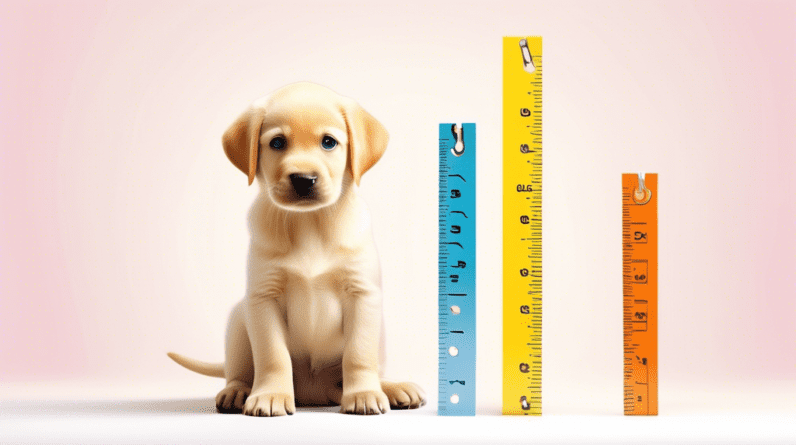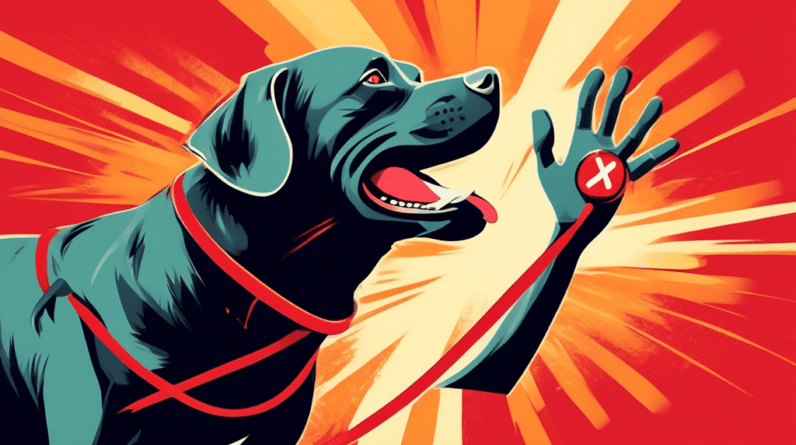
How Big Do Labradors Get? Understanding Labrador Growth and Size Expectations
Bringing home a Labrador Retriever puppy is an incredibly exciting time, filled with anticipation for all the adventures to come. But amidst the joy, it’s natural to wonder, Just how big will my Labrador get? While those adorable puppy eyes melt your heart, envisioning their adult size can be a practical concern. This comprehensive guide will delve into the intricacies of Labrador growth and size, providing you with realistic expectations and factors that can influence their development.
The Labrador Retriever: A Beloved Breed With a Sturdy Build
Labrador Retrievers have consistently ranked among the most popular dog breeds, capturing hearts with their friendly nature, intelligence, and versatility. Originating in Newfoundland, Canada, these dogs were initially bred as working companions for fishermen, retrieving nets and fish from the icy waters. Their sturdy build, webbed feet, and water-repellent coat are testaments to their working heritage.
Unveiling the Size Standards: Male vs. Female Labradors
While each Labrador is an individual, breed standards provide a general framework for size expectations. It’s important to note that these standards can vary slightly between the American Kennel Club (AKC) and the Kennel Club (UK).
Male Labrador Size:
- Height: 22.5 – 24.5 inches (57 – 62 cm) at the shoulder
- Weight: 65 – 80 pounds (29 – 36 kg)
Female Labrador Size:
- Height: 21.5 – 23.5 inches (55 – 60 cm) at the shoulder
- Weight: 55 – 70 pounds (25 – 32 kg)
Remember, these figures represent healthy averages. Some Labradors may fall slightly outside these ranges due to various factors.
The Labrador Growth Chart: Tracking Your Puppy’s Journey
Labrador Retrievers, like all large-breed dogs, experience significant growth during their first year, transforming from tiny bundles of fur into strong, energetic companions. Here’s a general timeline of their growth stages:
0-8 Weeks: The Neonatal and Transitional Phase
Newborn Labrador puppies are entirely dependent on their mothers for nourishment and warmth. During this stage, they gain weight rapidly, their eyes and ear canals open, and they begin to develop their senses.
8 Weeks – 6 Months: Rapid Growth and Exploration
At around 8 weeks, puppies are typically ready for their new homes. This period is characterized by rapid physical development. You’ll notice your Labrador puppy gaining weight and height quickly, their bones and muscles developing to support their growing bodies. They’ll become increasingly active, curious, and eager to explore their surroundings.
6-12 Months: Steady Growth and Maturation
Between six and twelve months, your Labrador’s growth will begin to slow down, although they will continue to gain weight and muscle mass. By their first birthday, most Labradors will have reached approximately 80% of their adult height.
12-18 Months: Filling Out and Reaching Maturity
During this stage, Labradors are transitioning from adolescence into adulthood. While their height growth may have plateaued, they will continue to fill out, gaining muscle mass and developing a more mature physique.
18-24 Months: Reaching Full Size and Maturity
By 18-24 months, most Labradors will have reached their full adult size and weight. However, keep in mind that individual dogs mature at different rates. Some Labradors may continue to develop muscle and refine their physique up to three years of age.
Factors Influencing Your Labrador’s Size
While genetics plays a significant role in determining your Labrador’s size, several other factors can influence their growth and development:
1. Genetics: A Blueprint for Growth
Your Labrador puppy inherits genes from both its parents, influencing various traits, including size. If you’re acquiring your Labrador from a breeder, inquire about the size and lineage of the parents to gain insights into potential adult size.
2. Nutrition: Fueling Growth and Development
Providing your Labrador with a balanced and nutritious diet is crucial, especially during their first year of rapid growth. High-quality puppy food formulated for large breeds provides essential nutrients, vitamins, and minerals that support healthy bone, muscle, and overall development. Consult your veterinarian for recommendations tailored to your puppy’s age and activity level.
3. Exercise: Promoting Healthy Growth
While excessive exercise can be detrimental to a growing Labrador’s developing joints, regular, moderate activity is essential for building muscle, promoting bone density, and maintaining a healthy weight. Engage your puppy in age-appropriate activities, such as short walks, play sessions, and basic obedience training.
4. Health: Impacting Growth Potential
Just as in humans, health issues can impact a Labrador’s growth and development. Parasites, illnesses, and underlying medical conditions can affect nutrient absorption and overall growth. Regular veterinary checkups, vaccinations, and parasite prevention are vital for ensuring your Labrador grows at a healthy pace.
5. Neutering/Spaying: Considerations for Growth Plates
The timing of neutering or spaying can potentially influence growth plate closure in Labradors. Growth plates are areas of soft, growing tissue at the ends of long bones. Neutering or spaying too early can disrupt the balance of hormones involved in growth plate closure, potentially leading to slight increases in height. It’s always best to discuss the appropriate timing for these procedures with your veterinarian.
Understanding the Importance of Slow and Steady Growth
It’s tempting to be enamored with the idea of your Labrador puppy growing into a large, impressive dog. However, it’s crucial to remember that slow and steady growth is healthier for large-breed dogs like Labradors. Rapid growth spurts can increase the risk of developmental orthopedic conditions, such as hip dysplasia and elbow dysplasia.
Beyond Size: Focusing on Temperament and Training
While understanding your Labrador’s size expectations is essential, it’s equally important to remember that their loving temperament and willingness to learn are what truly make them exceptional companions. Invest time in socialization, positive reinforcement training, and creating a loving and enriching environment. A well-adjusted and well-trained Labrador, regardless of size, will bring immeasurable joy for years to come.
Embracing the Journey of Growth
Watching your Labrador puppy grow is a rewarding experience. By understanding the factors that influence their size, providing proper nutrition, exercise, and veterinary care, and focusing on their overall well-being, you can help your Labrador flourish into a healthy, happy, and well-adjusted companion. Celebrate each milestone, cherish the memories, and enjoy the unique bond you share with your beloved Labrador, regardless of their eventual size.






